
Optimizing PPFD
Understanding Photosynthesis in Cannabis
Cannabis plants, like all green plants, undergo photosynthesis, a complex biochemical process that enables them to convert light energy into chemical energy, producing glucose and oxygen as byproducts. During photosynthesis, the plants utilize sunlight, water, and carbon dioxide to synthesize organic compounds necessary for their growth and development. The process involves the absorption of light energy by chlorophyll, the green pigment in plant leaves, which triggers a series of biochemical reactions leading to the production of sugars. In the context of cannabis cultivation, understanding photosynthesis is critical as it highlights the pivotal role of light in providing the energy essential for plant growth. Without an adequate supply of light, the process of photosynthesis is impeded, leading to compromised plant health and reduced yields.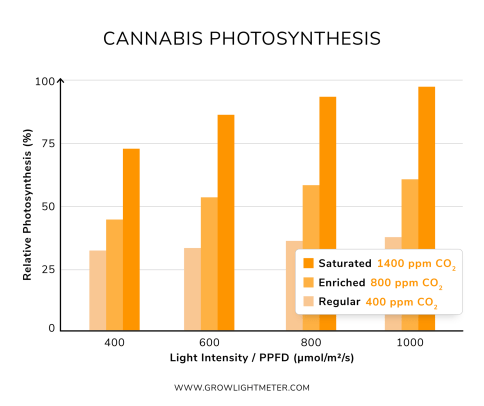
The efficiency of photosynthesis in cannabis plants is directly influenced by the availability and quality of light. Different wavelengths of light have varying effects on the photosynthetic processes, with specific colors such as blue, red, and green light playing essential roles in different stages of plant growth. Understanding the nuances of photosynthesis and the role of light in this process is crucial for cannabis cultivators as it enables them to make informed decisions regarding the selection and management of lighting systems to optimize plant growth and productivity.
The process of photosynthesis in cannabis plants has a direct correlation with the health and vitality of the plants. For instance, a grower using a specific light spectrum for their cannabis plants may observe variations in growth patterns and overall plant vigor, directly attributed to the effectiveness of photosynthesis. By understanding the intricate biochemical mechanisms involved in photosynthesis, growers can make strategic decisions in providing the most suitable light conditions for their cannabis plants, ultimately leading to improved yields and product quality. Understanding the process of photosynthesis in cannabis plants is not only informative but also instrumental in devising effective cultivation strategies tailored to optimize plant growth and health.
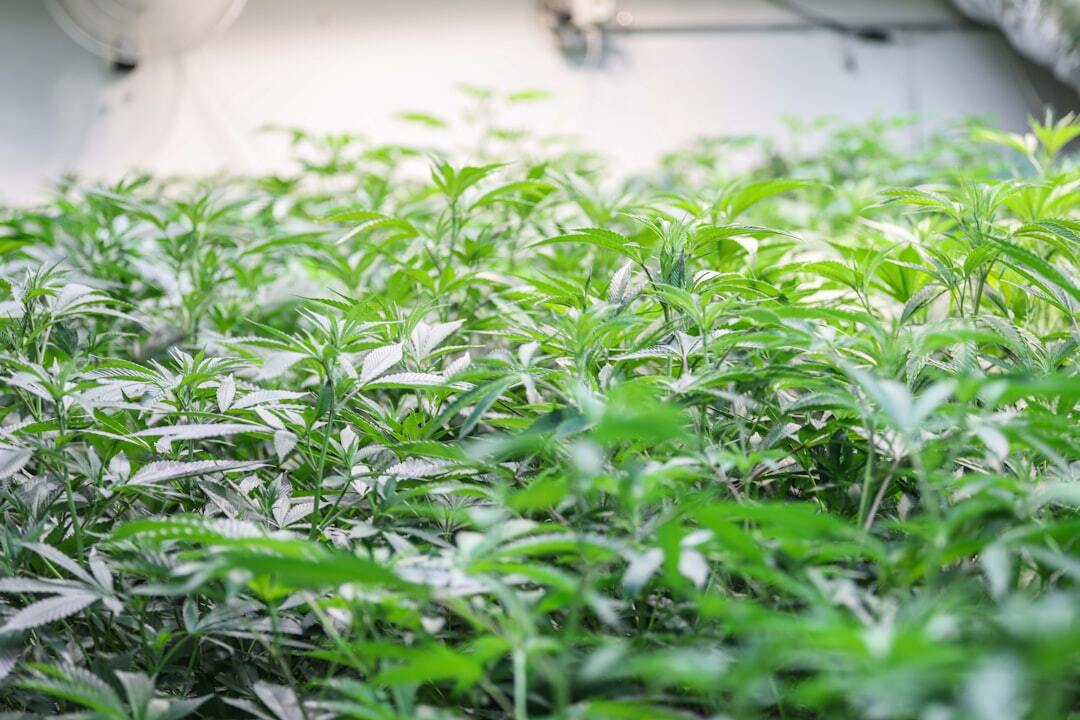 The Role of Light in Cannabis
The Role of Light in Cannabis
Light plays a pivotal role in the growth and development of cannabis plants. The light spectrum, which encompasses different colors, determines the plant’s responses and influences various physiological processes such as photomorphogenesis and photoperiodism. For instance, blue light is particularly crucial during the seedling and vegetative stages of cannabis growth. This specific light spectrum stimulates the growth of strong and healthy stems and leaves, setting the foundation for robust plant development. Moreover, green light serves as an important diagnostic tool for growers, as it helps in identifying any potential issues with the plants. On the other hand, red light is indispensable during the flowering and root growth stages, contributing to the production of flowers and overall root system development.
In the context of cannabis cultivation, the role of light extends beyond providing energy for photosynthesis. The light spectrum influences various physiological and developmental processes in cannabis plants, including the regulation of flowering, stem elongation, and overall plant architecture. For instance, during the flowering stage, exposure to specific wavelengths of light, such as red light, triggers the transition from vegetative growth to reproductive growth, leading to the development of flowers. Understanding how different light spectrums influence these processes is essential for growers to create optimal lighting conditions throughout the entire growth cycle, ensuring healthy, vigorous plants and maximizing yield.
Furthermore, the measurement of light is critical for understanding its impact on cannabis cultivation. Light intensity, frequency, and direction of vibration are key parameters that help growers determine the most suitable lighting conditions for their plants. By leveraging this knowledge, cultivators can optimize their indoor growing environments to ensure that cannabis plants receive the ideal light spectrum necessary for their growth and development.
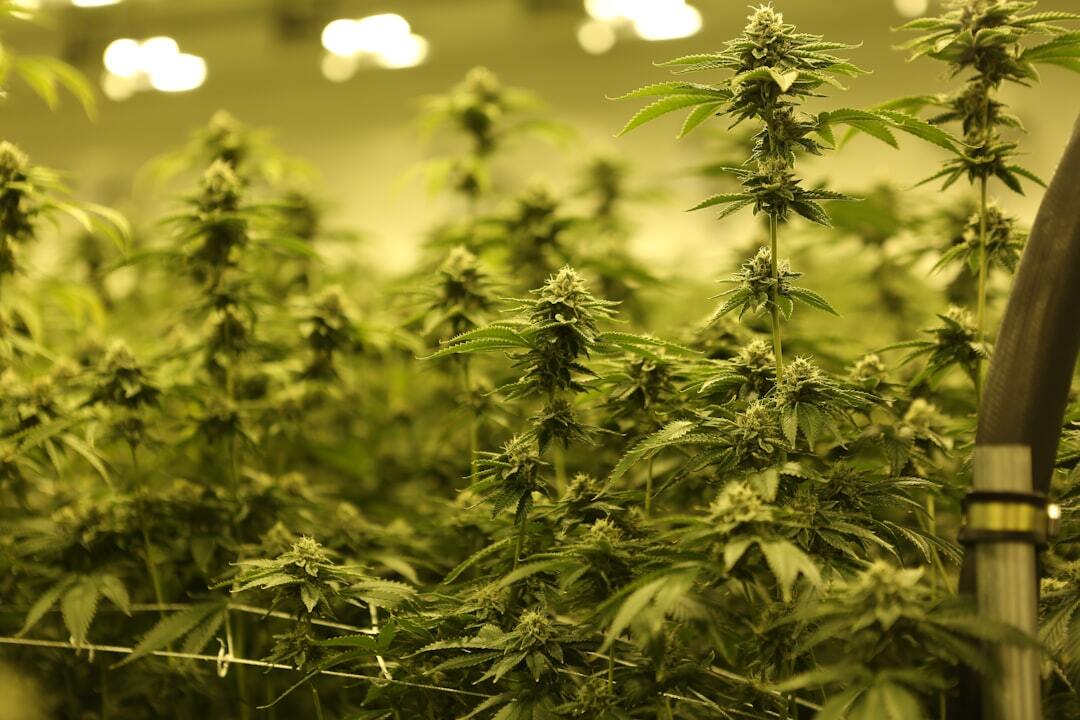 Importance of Different Light Colors for Cannabis Growth
Importance of Different Light Colors for Cannabis Growth
In cannabis cultivation, the importance of different light colors cannot be overstated. Each color of light plays a crucial role in various stages of plant growth. For instance, blue light is essential during the seedling and vegetative stages of cannabis plants. It stimulates the production of chlorophyll, enhances photosynthesis, and encourages strong root and stem development. Without adequate blue light, seedlings may become elongated and weak, leading to poor overall plant health and reduced yield.
Conversely, red light is indispensable during the flowering and root growth phases of cannabis cultivation. It triggers the flowering process, influences the development of flowers and fruits, and supports the formation of strong and healthy root systems. Insufficient red light during the flowering stage can result in delayed or stunted flower development, ultimately affecting the quality and quantity of the harvest.
Furthermore, the role of green light in plant growth should not be overlooked. While green light is not as crucial for photosynthesis as blue and red light, it is valuable for diagnosing problems within the plants. This is because green light is reflected by chlorophyll, providing a visual indication of the overall health and condition of the plants. By observing how green light is reflected by the leaves, growers can identify nutrient deficiencies, diseases, or other issues affecting the plants, allowing for timely intervention and remediation..
In a real-world scenario, a cannabis grower may observe the effects of different light colors on plant growth and development. By using specific light spectrums tailored to each growth stage, the grower may notice enhanced vegetative growth with the application of blue light, leading to robust stem and leaf development. Subsequently, during the flowering stage, the implementation of red light may result in a noticeable increase in flower production and overall reproductive growth. By strategically utilizing the distinct benefits of each light color, the grower can effectively optimize the lighting environment for cannabis plants, leading to improved overall plant health and increased yields.
Light intensity and quality are crucial factors in cannabis cultivation, and they are measured using a variety of metrics. One of the most important measurements is the photosynthetic photon flux (PPF), which quantifies the number of photosynthetic photons emitted from a source per second. For instance, a high-quality LED grow light designed for cannabis cultivation should have a high PPF value to ensure that the plants receive an adequate amount of light for photosynthesis.
In addition to PPF, the photosynthetic photon flux density (PPFD) is another key metric used to measure light intensity. PPFD measures the amount of photosynthetically active radiation delivered to a specific area per second. This measurement is especially important for indoor cannabis cultivation, as it helps growers determine the optimal placement and distance of grow lights to ensure that the plants receive the right amount of light for their growth and development.
Furthermore, the daily light integral (DLI) is a critical metric that measures the total number of photosynthetically active photons landing on a square meter over a 24-hour period. This measurement is essential for understanding the cumulative amount of light that cannabis plants receive each day, which is crucial for optimizing their growth and overall yield. By monitoring and adjusting these key measurements, growers can ensure that their cannabis plants receive the appropriate light intensity for healthy and robust growth.
Optimal PPFD Levels for Growth Stages
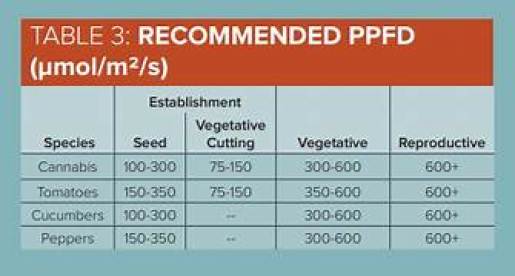 When it comes to cannabis cultivation, it’s vital to understand the optimal PPFD levels required for different growth stages. During the vegetative stage, cannabis plants require a PPFD level ranging from 200 to 600 µmol/m²s to encourage healthy leaf and stem growth. As the plants transition into the flowering stage, the PPFD levels need to be increased to a range of 600 to 900 µmol/m²s to support robust bud development and maximize the overall yield.
When it comes to cannabis cultivation, it’s vital to understand the optimal PPFD levels required for different growth stages. During the vegetative stage, cannabis plants require a PPFD level ranging from 200 to 600 µmol/m²s to encourage healthy leaf and stem growth. As the plants transition into the flowering stage, the PPFD levels need to be increased to a range of 600 to 900 µmol/m²s to support robust bud development and maximize the overall yield.
To put these levels into perspective, let’s consider an example of a cannabis grower using an LED grow light for their indoor cultivation. During the vegetative stage, the grower would need to adjust the light intensity to ensure the plants receive the appropriate PPFD levels. By measuring the PPFD at the canopy level, the grower can make necessary adjustments to the light intensity or the distance between the light source and the plants to meet the desired PPFD range for the vegetative stage. Similarly, when the plants enter the flowering stage, the grower would need to optimize the PPFD levels by adjusting the light intensity to promote the development of high-quality buds and ensure a successful harvest.
Understanding and implementing the recommended PPFD levels for each growth stage is essential for cannabis cultivators to achieve healthy, vigorous plants and ultimately, a bountiful harvest. By tailoring the light intensity to meet the specific PPFD requirements at different growth stages, growers can effectively optimize the light environment for their cannabis plants, leading to improved overall plant health and increased yields. 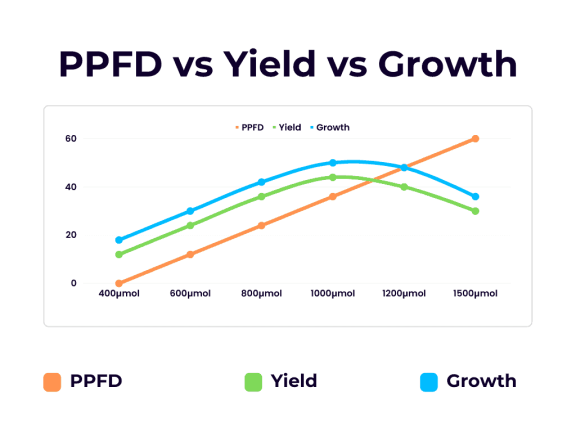
Importance of Measuring PPFD
Measuring PPFD is crucial for indoor cannabis cultivation as it directly impacts the amount of photosynthetic light that reaches the plant canopy. By understanding and controlling PPFD levels, growers can effectively manage the light intensity required for different stages of cannabis growth, thereby influencing the overall yield and quality of the plants.
To illustrate, during the flowering stage, cannabis plants require specific PPFD levels to promote the development of healthy and robust buds. By measuring PPFD, growers can ensure that the plants are receiving the optimal intensity of light, which is vital for the flowering process. This level of precision in managing PPFD can significantly contribute to the final yield and the quality of the harvested cannabis buds. Additionally, by consistently monitoring PPFD, growers can make informed decisions about adjusting light fixtures, positioning, and duration to maintain the ideal light conditions for their cannabis plants.
Moreover, the measurement of PPFD also provides insights into the efficiency of the grow lights being used. By analyzing the PPFD values at different points within the grow space, growers can identify areas that may be receiving inadequate light and make necessary adjustments. This approach enables growers to create a more uniform and optimized light distribution, supporting even growth and development across all plants in the cultivation area. Ultimately, the accurate measurement and management of PPFD play a pivotal role in maximizing the potential of indoor cannabis cultivation.
Use of LED Grow Lights
LED grow lights have become increasingly popular among indoor cannabis growers due to their numerous advantages and benefits. These lights are known for their efficiency in providing specific light spectra tailored to different growth stages, making them an ideal choice for cannabis cultivation. Unlike traditional lighting systems, LED grow lights are designed to emit light in wavelengths that are most beneficial for plant growth, such as blue light for the seedling and vegetative stages, and red light for flowering and root growth.
In addition to their ability to deliver the right light spectrum, high-quality LED fixtures are also valued for their longevity, energy efficiency, and features that directly support the growth and development of cannabis plants. These fixtures are engineered to provide optimal light intensity and quality, ensuring that plants receive the necessary photosynthetic light for healthy growth and maximum yield. Furthermore, the use of LED grow lights contributes to reduced energy consumption, making them a sustainable and cost-effective choice for indoor cannabis cultivation. The energy efficiency of LED lights also leads to lower HVAC costs, providing an additional economic advantage for growers.
The adoption of LED grow lights in cannabis cultivation is further substantiated by research and user experiences, which highlight the benefits of using these lighting systems in indoor growing environments.
Managing PPFD Levels
When it comes to managing PPFD levels in cannabis cultivation, there are several strategies that growers can employ to optimize plant growth. One effective method is CO2 supplementation, which can help plants withstand higher PPFD levels. By increasing the concentration of carbon dioxide in the growing environment, plants are able to efficiently utilize the available light for photosynthesis, leading to improved growth and higher yields. This is particularly beneficial for indoor cannabis cultivation, where controlling environmental factors is crucial for plant development and productivity.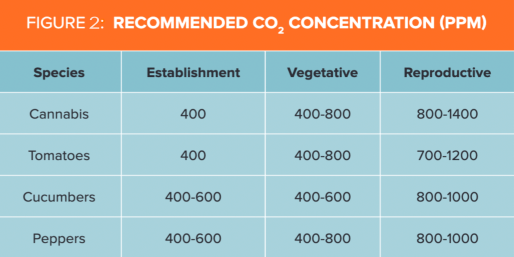
Another important aspect of managing PPFD levels is the use of dimmable LED grow lights. These lights offer the flexibility to adjust light intensity based on the specific requirements of cannabis plants at different stages of growth. For instance, during the vegetative stage, plants may benefit from lower PPFD levels, while the flowering stage may require higher PPFD to support robust bud development. Dimmable LED grow lights provide growers with the ability to tailor the light intensity to suit the needs of the plants, ensuring that they receive the optimal amount of photosynthetic light for healthy and vigorous growth.
In a practical cultivation scenario, a cannabis grower implementing CO2 supplementation and using dimmable LED grow lights may observe significant improvements in plant health and yield. By carefully adjusting the PPFD levels using dimmable LED grow lights throughout the growth cycle, the grower can observe enhanced flowering, denser bud formation, and overall improved plant vitality. The ability to fine-tune PPFD levels based on the growth stage, combined with the beneficial effects of CO2 supplementation, contributes to the successful management of PPFD in cannabis cultivation, ultimately leading to higher-quality harvests and increased productivity.
Tips for Optimizing PPFD
When optimizing PPFD in cannabis cultivation, it’s essential to consider various factors that can affect the light intensity reaching the plant canopy. These factors include the type of grow lights used, the distance between the light source and the plants, and the overall layout of the grow space. For example, LED grow lights are popular among indoor cannabis growers due to their energy efficiency and ability to produce light in specific wavelengths that are beneficial for plant growth. Growers can strategically position these LED lights to ensure uniform light distribution and maintain an even canopy, which is crucial for maximizing PPFD throughout the entire crop cycle. Additionally, the use of dimmable LED grow lights allows growers to adjust light intensity levels based on the specific needs of the plants at different growth stages, further optimizing PPFD for enhanced cultivation outcomes.
In addition to managing light intensity and source distance, maintaining an even canopy for the plants is another important factor for optimizing PPFD in cannabis cultivation. An even canopy refers to the uniform distribution of plant foliage at the same distance from the light source, ensuring that all parts of the plants receive similar light exposure. This can be achieved through techniques such as pruning, training, and canopy management to promote consistent light penetration and minimize areas of shadowing within the canopy. By implementing these strategies, growers can effectively optimize PPFD levels, leading to improved photosynthetic activity, healthier plant development, and ultimately higher yields.
Furthermore, the use of advanced lighting systems, such as LED grow lights with customizable light spectrums and dimmable features, allows growers to optimize PPFD levels based on the specific requirements of cannabis plants at different growth stages. By incorporating these advanced lighting technologies, growers can create an ideal light environment that promotes robust plant growth and maximizes the yield of high-quality cannabis products. The application of innovative lighting solutions in cannabis cultivation underscores the importance of leveraging modern agricultural practices to achieve optimal cultivation outcomes.
In a practical context, a cannabis grower implementing these optimized PPFD strategies may observe a marked improvement in plant development and overall yield. By maintaining an even canopy, adjusting light intensity levels, and leveraging advanced lighting technologies, the grower can create an optimized growing environment that supports healthy and robust plant growth throughout the entire growth cycle. These comprehensive strategies for optimizing PPFD underscore the significance of adopting advanced cultivation practices to maximize the potential of cannabis cultivation
